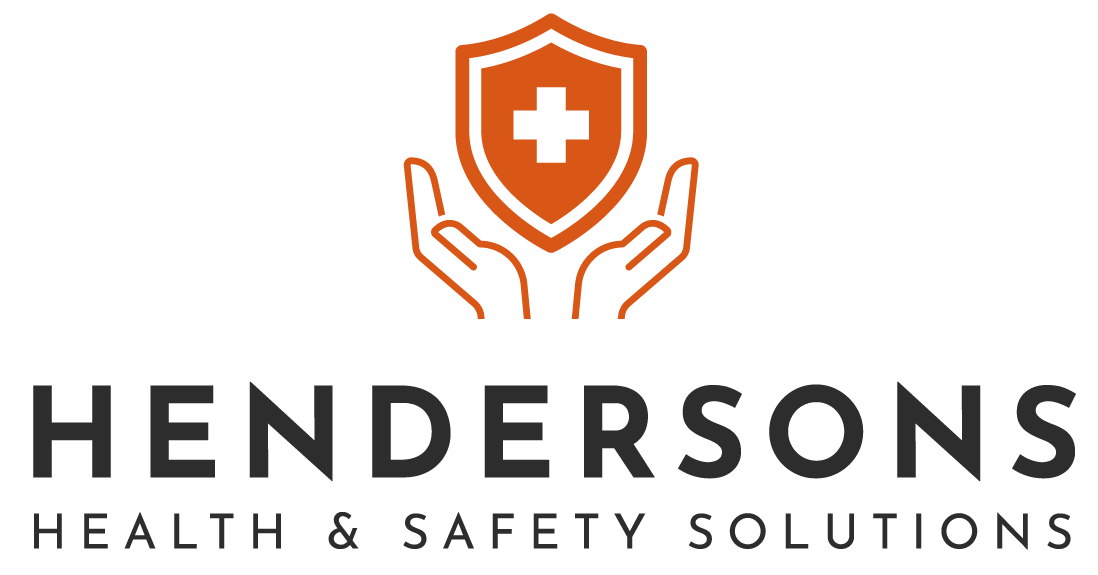Good morning, fellow Saturday brunch enthusiasts! As you tuck into your eggs and sip your coffee and juices, I've been taking a quick look this week at how technology could be revolutionising health and safety. The integration of advanced technologies into health and safety practices is not just a trend; it's a transformative shift that is definitely going to reshape our workplaces and enhance our ability to protect and support our teams.
One of the most fascinating advancements I've encountered is wearable safety technology. Imagine a world where your safety helmet can tell you it's time for a break because you're showing signs of fatigue. Smart helmets equipped with sensors can detect fatigue, temperature changes, and impacts, providing real-time data to keep us safe. Fitness trackers, which monitor vital signs and stress levels, ensure we're not overexerting ourselves. These devices act like personal health and safety assistants, offering insights that can prevent accidents and improve overall well-being.

The concept of the Internet of Things (IoT) has recently started to intrigue me. IoT creates a connected safety ecosystem, where sensors can detect gas leaks, temperature spikes, or structural issues in real-time. I recently read an article about an office chair that alerts you to potential hazards – now that's a chair with a purpose! This interconnected network of devices enhances our ability to monitor and respond to safety concerns promptly, making our environments smarter and safer.
Artificial Intelligence (AI) has definitely come a long way from being a sci-fi fantasy to a practical tool in our workplaces. AI systems can analyse vast amounts of data to predict hazards before they become problematic. It's like having a workplace fortune teller, providing real-time safety recommendations based on predictive analytics. The accuracy and foresight of AI can truly transform how we approach health and safety, allowing us to anticipate and mitigate risks more effectively. I can't be only the person who would do anything for my own 'Jarvis'.
Moving onto to training, we have all definitely sat through sessions that have been monotonous, but Virtual Reality (VR) and Augmented Reality (AR) could be changing that. These technologies create immersive training environments, making learning about safety protocols more interactive and memorable. I recently experienced a virtual fire drill, and it was so engaging and effective without the real flames. VR and AR offer a dynamic way to practice safety procedures, ensuring that employees are well-prepared for real-life scenarios.
Robots are no longer just for assembling cars. Autonomous systems and robotics are enhancing workplace safety by performing dangerous tasks. Picture a robot handling hazardous materials while you supervise from a safe distance. It's like having a super-strong, super-safe colleague. The advancements in robotics are truly remarkable, providing solutions that reduce human exposure to risks and improve operational efficiency.
Cloud-based platforms have revolutionised how we manage safety data. No more digging through piles of paperwork – everything we need is just a click away. I recently implemented a cloud-based safety platform in our office, and the organisation and accessibility of data have been game-changers. These platforms streamline data management, making it easier to track, analyse, and respond to safety concerns. The efficiency and convenience they offer are invaluable.
Biometric systems are taking personalisation to the next level. From fingerprint scanners to facial recognition, these systems add an extra layer of security. I encountered a biometric system that tailors safety measures to individual needs, creating a personalised safety bubble. It's fascinating how technology can cater to our unique requirements, ensuring that safety protocols are both effective and user-friendly.
As we reflect on these technological advancements, it's clear that they are not just about gadgets and gizmos – they are about creating safer, smarter workplaces. Embracing these innovations requires a proactive approach and a willingness to explore new solutions. Here are some pearls of wisdom to consider:
- Stay Curious: Embrace new technologies and explore how they can enhance safety in your workplace. Continuous learning and curiosity drive innovation and improvement.
- Be Proactive: Use predictive tools to identify and mitigate risks before they become issues. Anticipating problems and addressing them early can prevent accidents and enhance safety.
- Foster Innovation: Encourage your team to think creatively and experiment with new solutions. Innovation thrives in environments where creativity is nurtured and new ideas are welcomed.
- Collaborate: Share insights and best practices with peers to drive collective improvement. Collaboration fosters a culture of shared learning and continuous improvement.
As you enjoy your brunch, remember that technology isn't just about making our lives easier – it's about making our workplaces safer and more efficient. Let's embrace these innovations and make our work environments better for everyone. By staying adaptable and proactive, we can turn challenges into opportunities for growth and innovation.
Weekend thoughts and musings to accompany your over easy eggs!
Weekends are our time to unwind and enjoy relaxing brunches, giving us the chance to rest and recharge. It's during these moments of relaxation that our subconscious often brings clarity, helping us connect the dots from the week.
At Hendersons, we believe in delivering the perfect blend of excellence and reliability, just like a delicious eggs paired with fresh orange juice. Our approach to health and safety is all about providing top-tier solutions that are both satisfying and essential. We ensure that every detail is meticulously handled, giving you peace of mind and the confidence to focus on what matters most.
Enjoy your weekend, and let those moments of relaxation bring new insights and connections!




